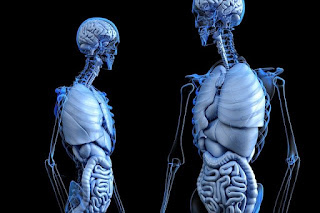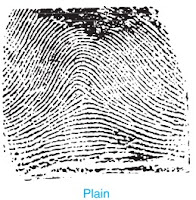Forensic Anthropology: Definition, History and Application
What is Forensic Anthropology?
Forensic anthropology is a specialized branch of physical anthropology that deals with the medico-legal purpose to establish the identity of the deceased person. It uses the knowledge of human anatomy like the size of bones, hairs, length, features of bones, teeth, etc to determine the person's age, sex, stature, and race. In some cases, it can also predict the cause of death of the person by studying the different features on the bone.
Forensic anthropologists are often called to the scene of the crime to study the remains of human remains which got decomposed, burned, mutilated, or difficult to recognize. Forensic anthropology can be used in accident cases like aircraft crashes, arson, fire accidents, genocide, etc.
History of Forensic Anthropology
The history of forensic anthropology dates back to the 19th century when anatomists were often asked for human identification through their skeletal. In 1835, Mathieu Orfila, a french forensic medicine expert published a textbook containing data on measurements of arm bones and their sex difference.
In 1889, E.Rollet developed tables for male and female stature reconstruction from bone lengths. In 1885, Alphonse Bertillon developed the famous Bertillon identification system which depends on the body measurements of individuals. Till now, forensic anthropology has undergone extensive research and development.
Role of Forensic Anthropologist
- Forensic anthropologist helps to recover and analyze human remains that are decomposed or skeletonized rapidly and efficiently.
- Forensic anthropologist helps to find the biological characteristics of the body like its age, sex, race-ethnicity, and height. This can be done through the study of the bones of the dead body.
- Forensic anthropologists can also help to distinguish between bones of different species like human and animal, male and female, infant and adult, etc.
- Forensic anthropologist also helps to reconstruct the scene of the crime as well as natural and intentional changes to the body and the surroundings.
- Forensic anthropologists can also help in research purposes like making public travel safe. For eg- By studying the fractures on different parts of the body of a variety of individuals. He/she can make recommendations in changing the structure/design of car seats that can save human lives if any accident happens in the future.
Application of Forensic Anthropology
1. Determination of species
Forensic anthropology can help in the determination of species by studying the characteristics of bones and skulls. This helps to distinguish between different species like human and animal, male and female, infant and adult.
2. Determination of age
Forensic anthropology can help in the determination of the age of individuals by studying the union of centers of the bones. The growth and certain changes in bones and teeth help the investigator in determining the age of the individual at the time of death.
3. Determination of sex
Forensic anthropology can help in the determination of sex by studying different morphological differences between males and females. For eg- The pelvis of the female is wider than the male.
4. Determination of Race
Forensic anthropology can help in the determination of race by studying morphological characteristics that are confined to an individual of a particular race. Based on these, the racial group t which the individual belongs can be identified.
5. Determination of Height
Forensic anthropology can help in the determination of height by applying formulae to calculate the length of individual bones, especially the long bones of limbs.



